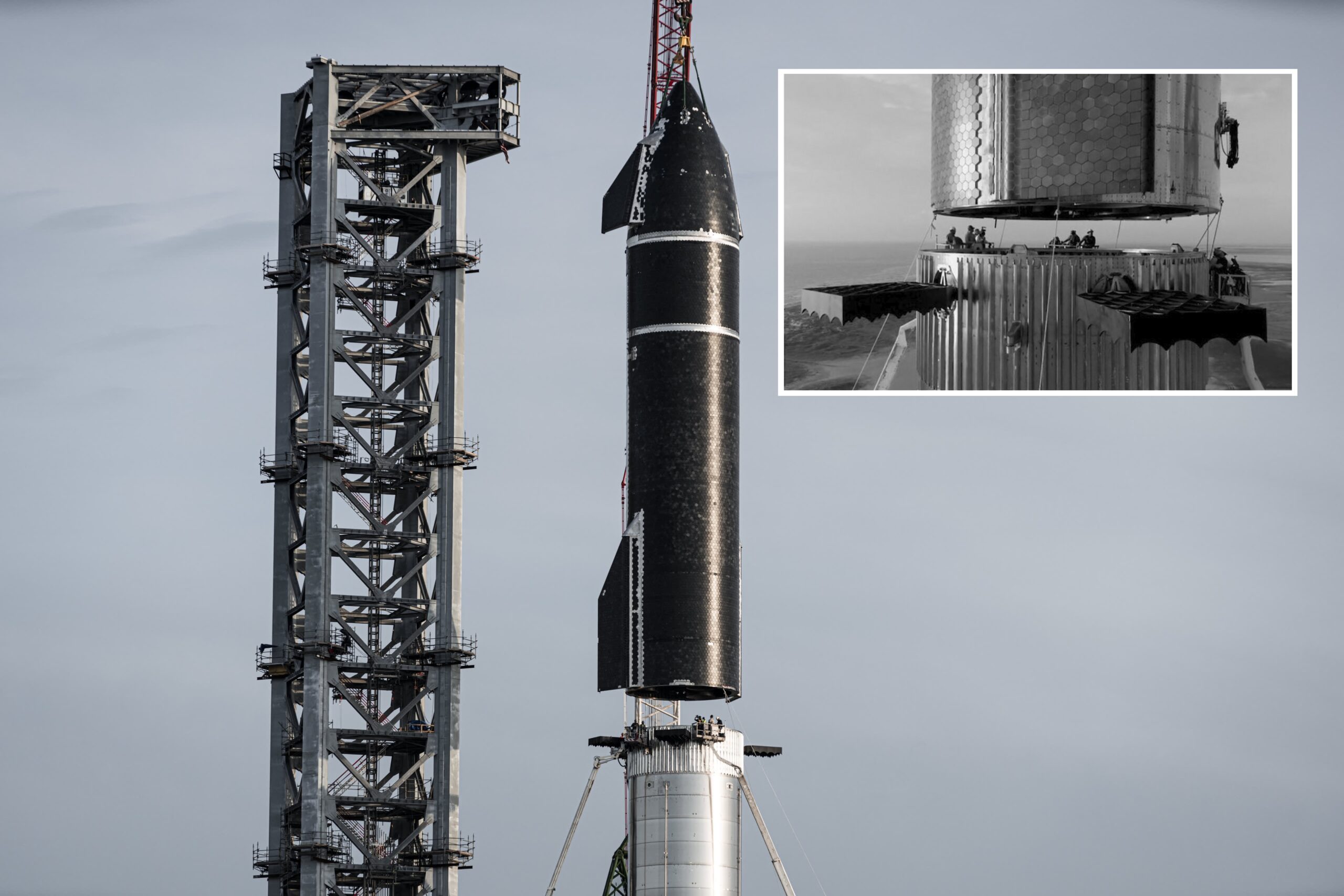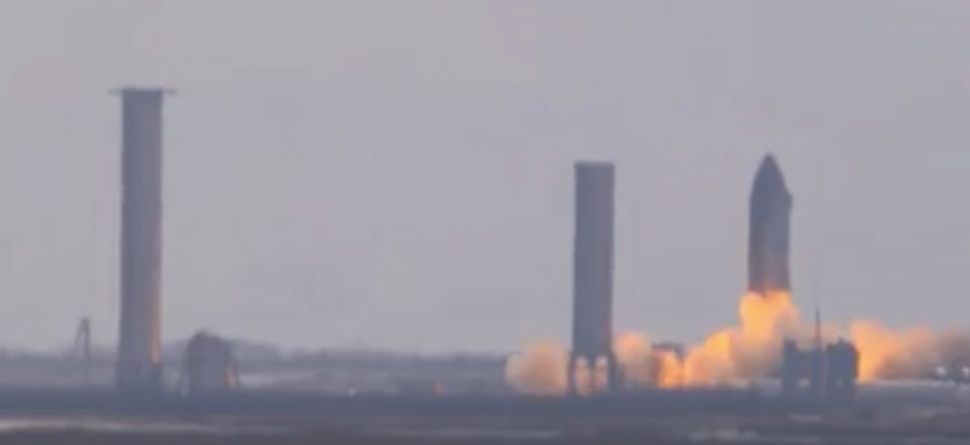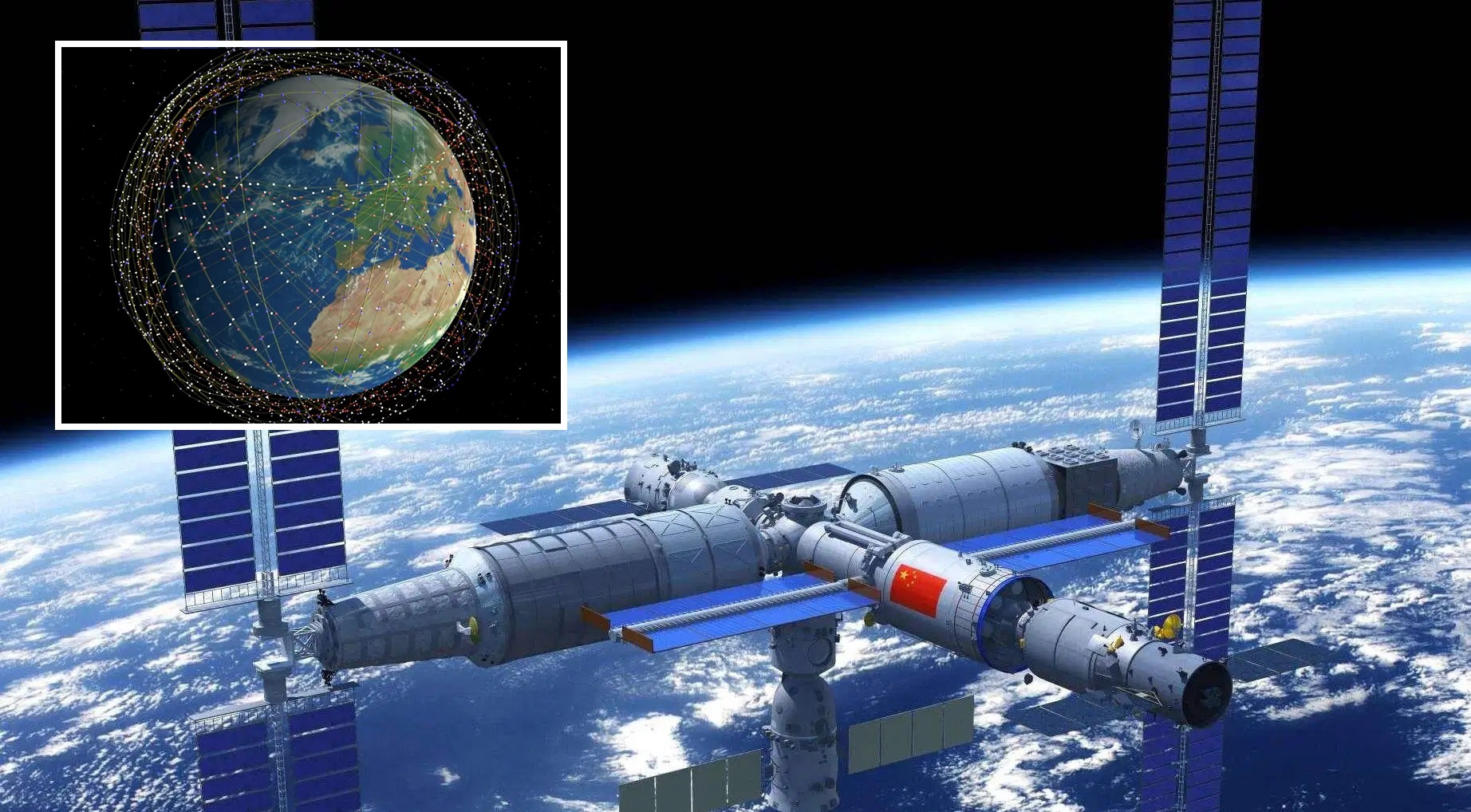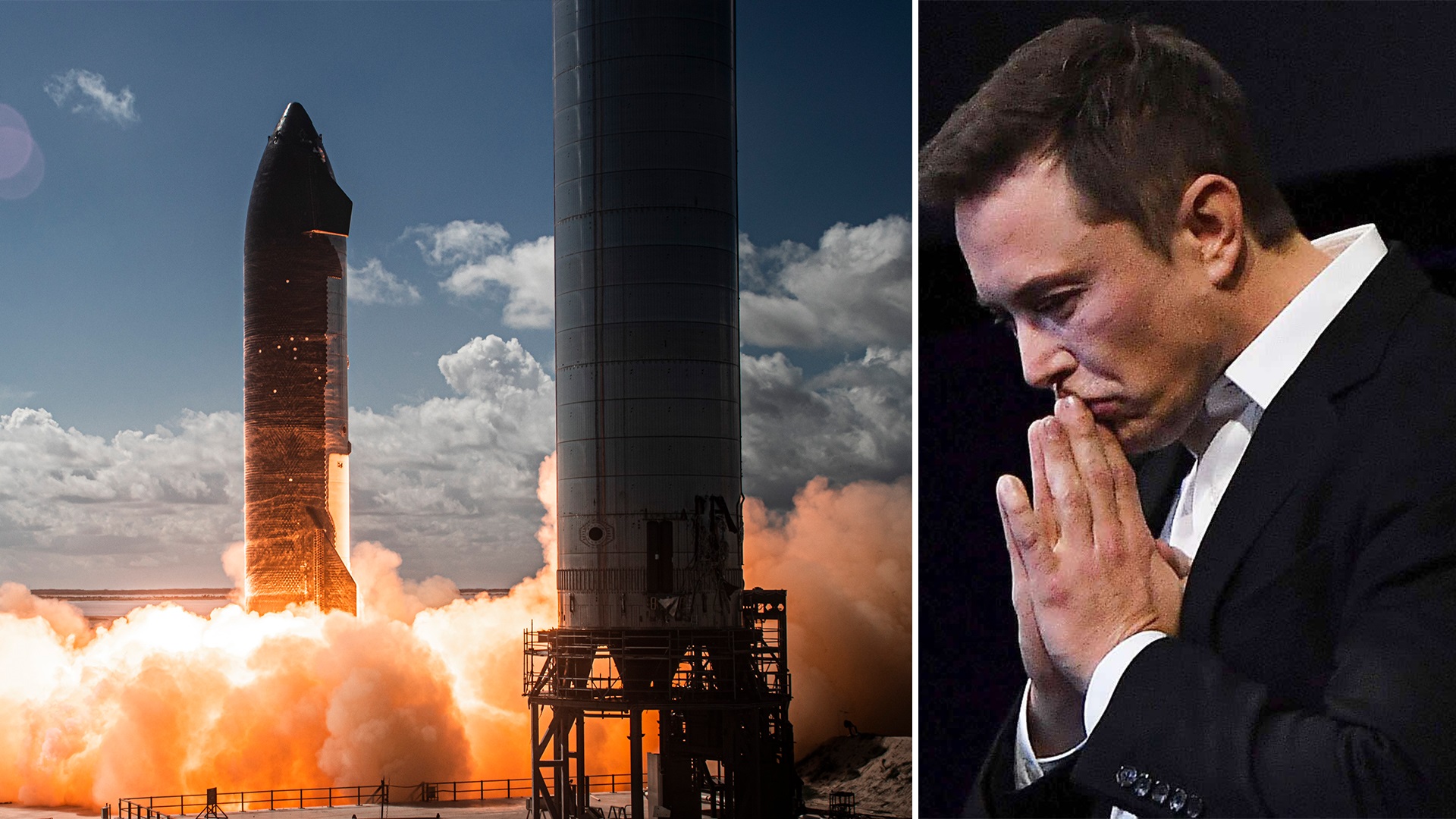As of this week, the Federal Aviation Administration said it would postpone by two months the publication of a scheduled environmental assessment of the company’s intentions to launch from South Texas.
In 2022, Musk plans to conduct a series of test launches as a step toward a commercial launch schedule, and this evaluation is the last obstacle. In order for SpaceX to launch the Starship and Super Heavy rocket boosters from its Boca Chica launch site, the FAA requires both an environmental permit and vehicle operator license from SpaceX.
The FAA said on Tuesday that it has postponed the release of its Final Programmatic Environmental Assessment until Feb. 28 instead of Friday, as originally intended. Commenters, debates, and consultation activities with consultative parties were blamed for the excessive amount of comments made on the draught PEA.
The FAA has assigned SpaceX the task of responding to more than 18,000 public comments and preparing a final report for the agency’s consideration. Nevertheless, the Federal Aviation Administration (FAA) has said that it is engaging with state and federal authorities responsible for the preservation of historical monuments and the protection of endangered animals.
SpaceX announced another delay on Tuesday. FAA published a draught environmental evaluation in September that looked at the launch, related debris, and probable road closures as potential consequences. The time for public comments was also extended until November 1st.

SpaceX founder and CEO Elon Musk predicted that the first attempt to launch the Starship into orbit will occur in January or February based on this timeline last month.
The president of the National Academy of Sciences remarked, “I am not sure we will get there on the first try, but I am certain we will get there next year.” “The initial launch carries a lot of risks, therefore I would say it is not likely to succeed.”
While discussing SpaceX’s plans to do 12 more test flights in 2022, Musk told the school that he hopes to have a rocket capable of carrying people and goods to the moon and then to Mars by the end of the decade.
NASA Administrator Charles Bolden said that the “overarching purpose of SpaceX is to improve space technology so that mankind might become a multi-planet species and eventually a spacefaring civilization and to make real the things that we read about and imagine in science fiction.”
When SpaceX’s launch schedule for testing and commercial flights has been inconsistent, Musk has warned his staff that the company may go bankrupt before Thanksgiving.
Some locals in Boca Chica applaud SpaceX’s ascent into space, seeing it as an economic engine. A national wildlife refuge and a rich fish and animal habitat nearby have prompted some to voice their worries about the private company’s plans for development in the area.
After four unsuccessful attempts, SpaceX successfully launched a Starship prototype on May 5. As of March 30, this was the company’s fourth unsuccessful launch since December 2020, when they attempted to launch a prototype that detonated, scattering steel and rocket pieces over the Boca Chica marshes.
Using its Super Heavy launcher, SpaceX intends to launch its Starship spacecraft into orbit from Boca Chica, where it will splash down in the Gulf of Mexico approximately 20 miles off the coast of Texas, according to documents filed with the FAA. The Starship will return to the Pacific Ocean 90 minutes later, off the northwest coast of Hawaii, where it will splashdown.
The Starship SN20 prototype has been fired up again by SpaceX ahead of a historic test flight.
The newest SpaceX prototype, the Starship, has re-ignited.
On Wednesday (Dec. 29) at the company’s Starbase facility in South Texas, the Starship SN20 vehicle briefly ignited its Raptor engines while attached to the ground.
For SN20 (“Serial No. 20”), the first-ever orbital test flight of the Starship program, a test flight was carried out in preparation for the launch. A January or February launch date had been set for this historic event, but the Federal Aviation Administration has now moved it back to early March due to the expected completion date of a needed Starbase environmental evaluation from December 31 to February 28.

Static fires have previously been conducted by SN20. All six Raptors were illuminated on November 12, for example. SpaceX has yet to clarify whether or whether all six engines were used in Wednesday’s test, which was broadcast live on NASASpaceflight.
People and freight will be transported to the moon, Mars, and beyond by SpaceX’s Starship. It includes a massive first-stage rocket called Super Heavy and a large spaceship dubbed Starship, both of which are intended to be completely and swiftly reused.
Prototypes of starships have flown previously, albeit only for a few minutes at a maximum height of 6.2 miles (10 kilometers). No Super Heavy booster was used in any of the earlier launches, which all used Starship spacecraft with no more than three Raptors.
Booster 4, a Super Heavy carrying 29 Raptors of its own, will carry SN20 into orbit. While Booster 4 will splash down in the Gulf of Mexico immediately after liftoff, SN20 will finally splashdown near the Hawaiian island of Kauai.
SpaceX intends to have Starship operational as soon as possible, so further test flights are planned in the near future. NASA’s Artemis program, which intends to land humans on the moon by the middle of the decade, selected Starship as its first crewed lander.
Starship’s round-the-moon mission is scheduled for 2023, and Japanese billionaire Yusaku Maezawa just returned from a 12-day stay aboard the International Space Station has already purchased his seat.
Musk denies that his satellites are using too much space
Entrepreneur and ultra-rich Elon Musk have denied concerns that his Starlink satellite broadband project is taking up too much space in space’s atmosphere. Do you know how there is this huge, seemingly inexhaustible black space up there?
Josef Aschbacher, president of the European Space Agency, has said that Musk is “creating rules” when it comes to the growing space sector and may be taking up too much space in and around Earth’s orbit.
China recently claimed to have narrowly avoided colliding with one of Elon Musk’s Starlink satellites.
The ambitious Starlink broadband satellite project aims to link the world’s population to high-speed internet. Other satellite-dependent IT businesses are contending with it for Earth’s orbital real estate, including Google, Apple, Facebook, and others.
Musk, in an interview with the Financial Times, disputed these claims, arguing that the universe is vast enough to accommodate everyone.
According to him, “space is basically tremendously big, and satellites are quite little.” He then said that “tens of billions of satellites” may be placed in orbits near to the Earth.
Tesla CEO Elon Musk went on to say to the media outlet: “Neither of us is effectively obstructing anybody else in this circumstance. Our goal is not to stop anybody from doing anything.

“A smattering of a few thousand satellites is insignificant. In the grand scheme of things, there are just a few thousand vehicles on the planet.”
According to Aschbacher’s warning earlier this month, the influx of satellites into Earth orbit might restrict the amount of space available for other satellites to operate in, resulting in less room for rivals.
He seemed unfazed by the critiques leveled at him by some who thought he was too robotic. His focus was on exploring space, and he even offered an estimated time frame for a trip to Mars, which turns out to be far shorter than previously thought.
Tesla CEO Elon Musk recently told the Lex Friedman Podcast that his first voyage to Mars would take roughly five years, and the worst-case scenario may take as long as 10 years.
“In terms of technology, Starship is the most complicated and advanced rocket ever built. What a lot of work that will be. It is on another level entirely, “he said to Friedman, going into depth about the mission’s difficulties.
“Minimizing the cost per tonne each orbit and, eventually, the cost per tonne to Mars’ surface, is central to Starship’s design.
He went on to say: “We can only afford to build a self-sustaining metropolis on Mars’ surface if the cost per tonne is below a specific threshold.
“For the time being, even if you had a trillion dollars to spend, you could not go to Mars. You could not obtain a trip to Mars for whatever amount of money. So we need to go above and beyond in order to achieve anything that is even somewhat conceivable.”
And just in case you still had some Christmas cheer left, Musk did not hold back in his holiday-timed conversation when it came to addressing why space flight would soon be essential due to the Earth’s rising temperatures.
“For the first time in four and a half billion years, it has been able to expand life outside of Earth.
“I hope the window of opportunity remains open for a long period, but it may close quickly. In my opinion, we should take action fast while the opportunity is open, just in case.”
We will be on Mars in no time if we do not have our space sunglasses and cosmic bathing trunks ready.

